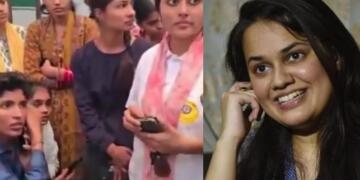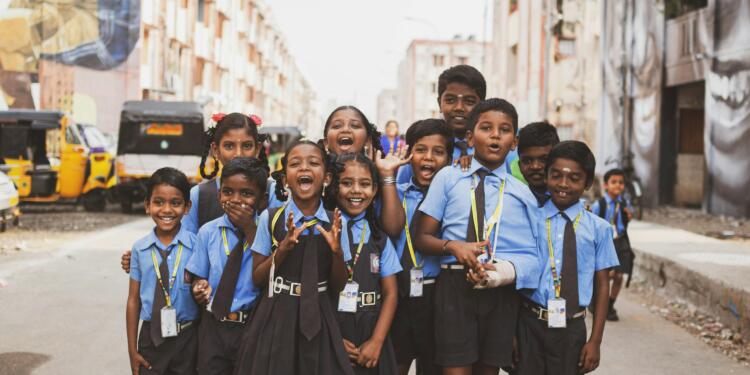The Maharashtra government has approved a detailed plan of National Education Policy (NEP) 2020 implementation, which will be brought into effect during the academic session 2025–26. One of the most important things in this policy is the teaching of Hindi as a mandatory third language to Marathi and English medium school students from Classes 1 to 5.
The policy will be phased in step by step, beginning with Class 1 in the academic year 2025–26 and extending to all classes by 2028–29. The goal is to integrate the state’s education system with the national framework of the NEP while maintaining regional diversity.
To aid in the language shift and curriculum reform, Maharashtra aims to train 80% of teachers in new teaching techniques and technology by 2025. Committees have been established by the government, a State Steering Committee being headed by the Minister of School Education, to facilitate a smooth and successful implementation.
The state will also implement the new 5+3+3+4 education pattern, replacing the old 10+2+3 model. This new framework divides school education into four stages: foundational (ages 3–8), preparatory (8–11), middle (11–14), and secondary (14–18). Curriculum development will be handled locally by SCERT and Balbharati, enabling regionally relevant content delivery.
The policy is based on five pillars of strength: Access, Equity, Quality, Affordability, and Accountability. It also converges with the Sustainable Development Goals (SDGs) of the United Nations with the goal to achieve them by 2030.
Deputy Secretary of the State Education Department Tushar Mahajan underscored that the new education system aims for holistic, inclusive, and multilingual education to equip students for a future full of dynamism.
This step has drawn reactions throughout the state, especially regarding the mandatory aspect of Hindi in non-Hindi-speaking areas. Officials, however, assert that multilingual education will create better communication skills and cognitive development for young children.































